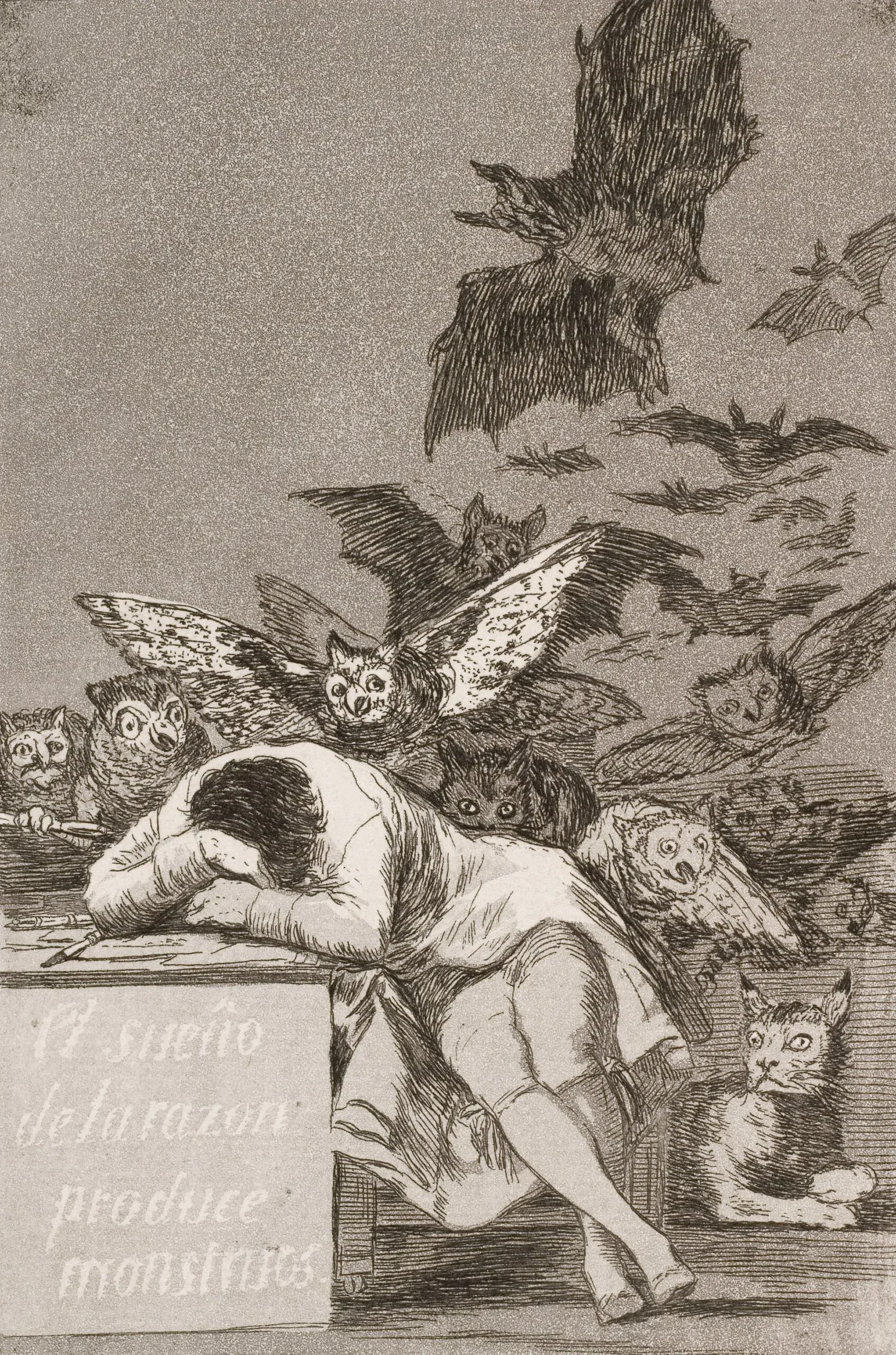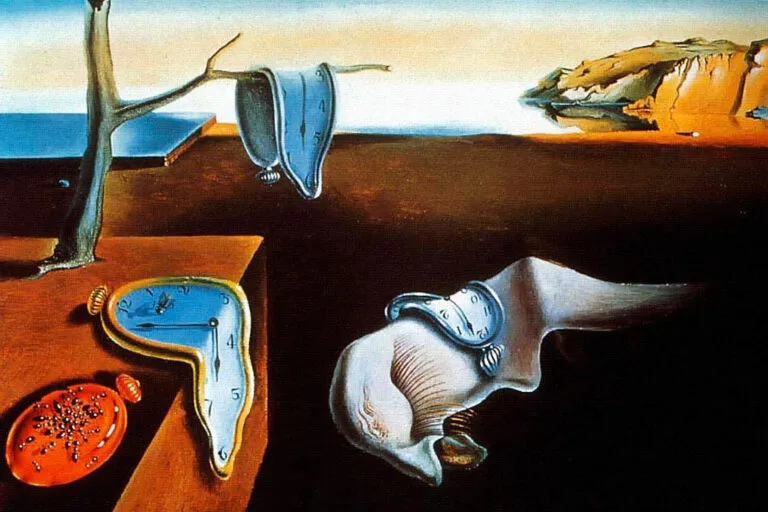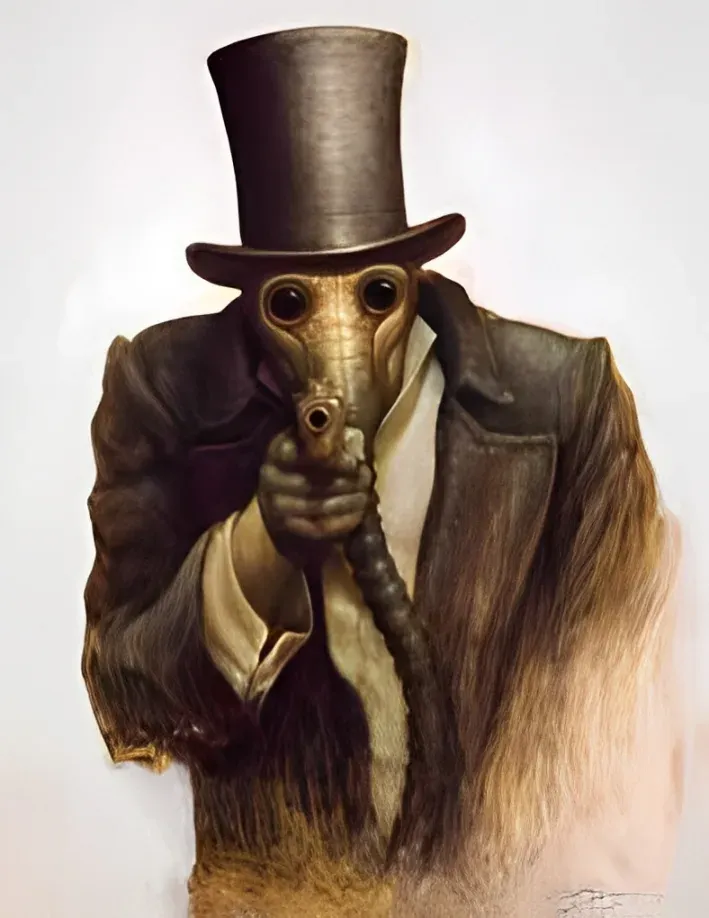The Sleep of Reason Produces Monsters
Francisco Goya was one of the greatest artists in the history of art. Born in Spain in 1746, Goya developed a unique style that influenced many subsequent artists. One of his most famous paintings is “The Sleep of Reason Produces Monsters,” painted in 1799.
The painting is an etching and aquatint print, depicting a man sleeping with his head resting on a table. Around him are a series of strange and frightening creatures, such as bats, cats, snakes, and owls. The title of the painting, “The Sleep of Reason Produces Monsters,” refers to the idea that when reason is not vigilant, fantasy can take over and generate strange thoughts and creatures.
There are many possible interpretations of this painting, but one of the most common is that Goya was depicting Spanish society at the time. In the late 18th century, Spain was in a period of cultural and political decline. Many art critics have interpreted the creatures in the painting as symbols of corruption and backwardness in Spanish society.
Other scholars have seen in the painting a critique of superstition and credulity. Goya was a man of the Enlightenment, who believed in reason and empiricism as ways to understand the world. The fact that the protagonist of the painting is asleep, according to this interpretation, indicates that reason is losing its grip on reality.
There is also a possible psychological interpretation of the painting. Goya lived in an era when interest in psychology was rapidly growing, and many people were beginning to seek to understand the workings of the human mind. The fact that the creatures in the painting are all nocturnal animals could indicate that they represent the dreams and nightmares of the protagonist.
Whatever interpretation one prefers, it is clear that “The Sleep of Reason Produces Monsters” is a complex painting rich in meaning. Its beauty and depth have made it a widely studied and admired work of art. The painting represents a challenge to reason, logic, and understanding of the world. It is an invitation to reflect on the nature of man and our ability to understand the reality that surrounds us.







